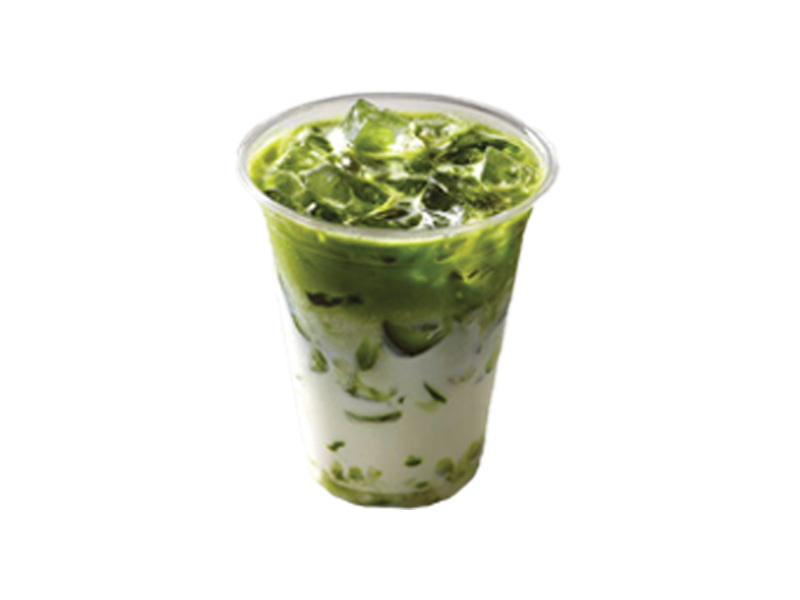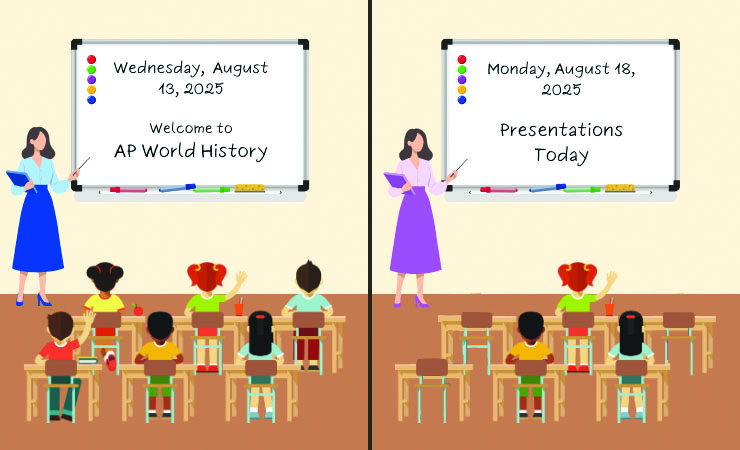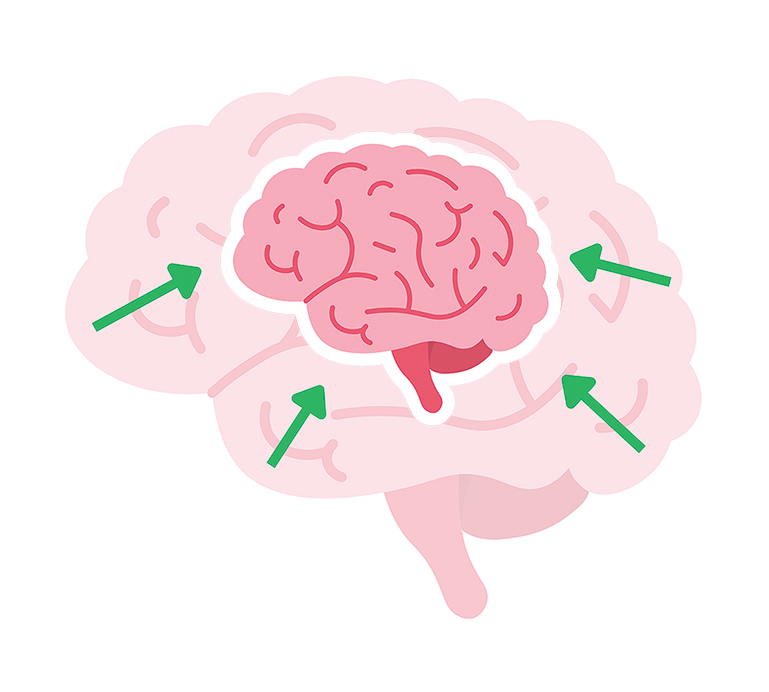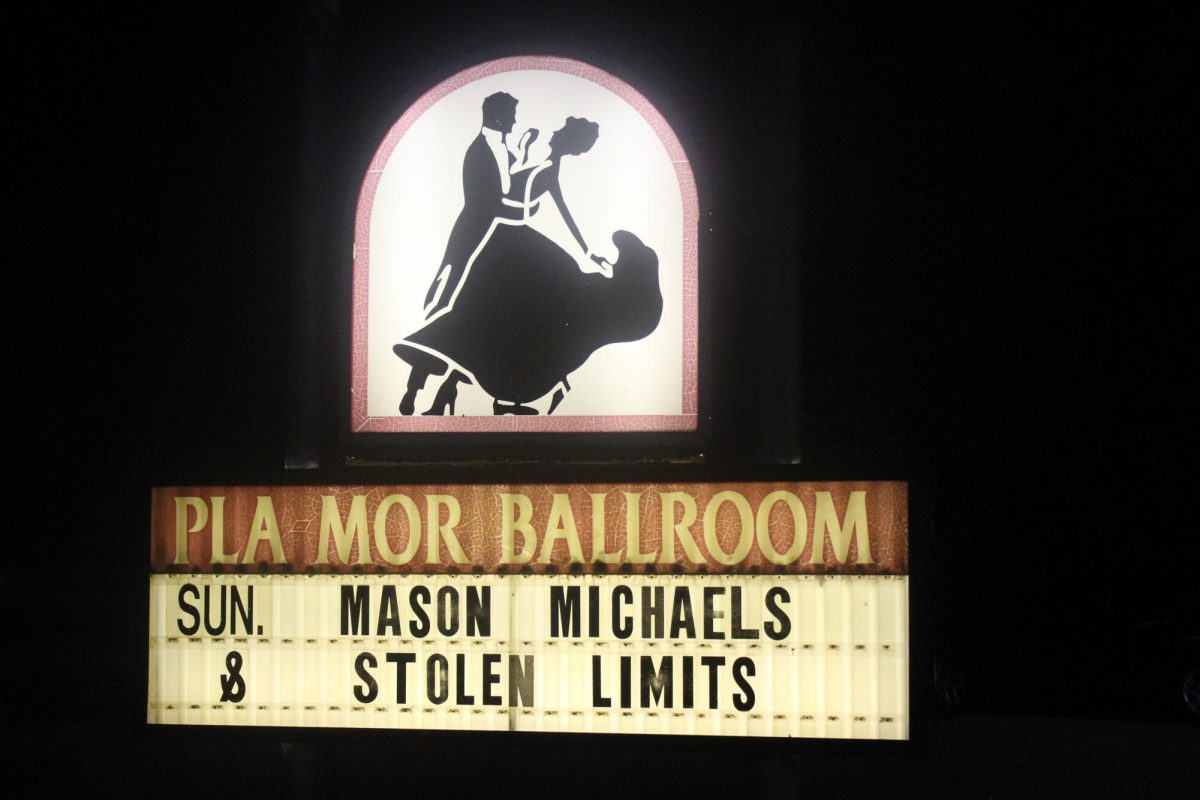Greened Out: Welcome to the Stoner Age

Photo Credits: Shutterstock, Yarygin
May 2, 2019
Welcome to the new world, where the Pot Prohibition has been lifted, and fields upon fields of marijuana are now being tended to across multiple states. Legalized in neighboring Canada, and 34 out of our 50 states, 10 states making it recreational – it’s almost impossible not to hear about smoking pot. Some medical marijuana laws are broader than others, with application and medical usage varying from state-to-state, as long as you’re at least 21. So why are high schoolers perceiving weed as such a hot commodity? In order to know – one must understand the history, how the plant works and how it affects the adolescent brain.
Marijuana has been around for centuries, often referred to as “hemp,” not adopting the term “marijuana” until around 1890 in the United Kingdom. It is true that people like our Founding Fathers used to smoke hemp, as well as grow it – given, at that time that it was a cash crop. However, the effects of said hemp were minimal to nothing, as it did not contain enough THC to send the user into a “euphoric” or “high” state.
THC is the compound in marijuana that gets the user high. It triggers the cannabinoid receptors in your brain, which then attach to neurons, elevating feelings of memory, pleasure, thinking, concentration, movement, sensory and time progression. It also triggers the brain’s reward system when it comes to tasks like eating, which releases dopamine as a result, making for the high experience that users seek.
The average gram of weed varies in THC contents from strain to strain, as well as plant classification – Indica and Sativa, making for different effects. Indica is a downer, while Sativa is an upper. Averaging around 20 percent per bud, this is a strong variant from THC in the ’70s, containing only 2-5 percent. So naturally, one must be more weary of the effects.
For the past six years, Abbe Edgecombe has worked for School Community Intervention & Prevention (SCIP) as a coordinator for 60 schools in the LPS district and surrounding rural schools helping students tackle drug addictions. She has also worked with adults struggling with addiction for over 16 years. She wants students to understand that smoking isn’t the same as it was, especially with innovation and legalization.
“Even just the marijuana extracts, like taking a dab, has upwards of 80 percent THC. In the ’70s, there was just about 5 percent THC in marijuana. The highs are bigger and stronger. You can’t say it’s a natural drug anymore because it has evolved so much,” Edgecombe said. A dab is composed of THC extract, as a wax, which is then typically heated through a blowtorch and smoked. A dab has upwards of 65-85 percent THC making for a faster and more intense onset-high.
Edgecombe notes the rise in adolescent smoking habits in the past year alone, especially within the country’s senior class. Students have taken to social media to showcase how things like smoking weed is now all the rage.
“We hear from kids all the time that it’s easier to get their hands on weed than it is on alcohol. The way drug use happens now, especially with the internet, is that you can order anything online somehow. Or, you can watch a Youtube video on how to make pot brownies. That wasn’t around years ago,” Edgecombe said. “So I think that the internet has really shifted the culture around marijuana as well as accessibility to it, aside from it being legal in many states and crossing those borders.”
What Edgecombe wants students to know is that they don’t get to see when students overdose on hard drugs, or have to go to the hospital for a THC induced panic attack, or go to rehab. Social media has allowed them to see the idealized version of smoking without the consequence. Kids don’t see it as risky – they see it as just something fun to do with no hesitation.
“It’s been hard with legalization. And I’m not one way or the other, I think my biggest concern is how it impacts our kids. I always tell kids, just because it’s legal doesn’t mean it’s legal for somebody under the age of 21. If you talk to people who work in dispensaries, they know that kids shouldn’t be using underage. These laws are in place for a reason.”
Peer pressure is a big factor however, and it’s the reason that most students start smoking. The idea of smoking has been around for decades, of course booming in the ’60s, and progressively gotten bigger with concerts and events like that of Woodstock.
“Their peers make it seem like a cool thing to do, so they respect it. We know historically that peer pressure plays a lot into substance use with kids,” Edgecombe said. “I also think there’s this shift in culture with some of our youth that they don’t care if they get in trouble or busted at school, or get caught in a bathroom smoking. The consequence just seems trivial.”
It’s common sense to assume that students who are around marijuana users are more likely to have access to an array of other drugs. Senior Sarah* can attest to this, having tried a wide-range of drugs after starting with marijuana at the age of 15.
“I’ve tried acid, cocaine, Xanax, ecstasy and molly,” Sarah said. “It’s not like I’m shooting heroin. When I’m with friends or about to go to a concert, or for social stuff [I smoke]. Or before I go to bed so I can sleep.”
Sarah knows the risks that come with drugs – and she notes how she does her research and keeps up with studies. She thinks that marijuana should be legal, but she also notes that it should have some given restrictions.
“Not everyone can go out and smoke a blunt when they feel like it. I know in Colorado you have to be 21 to actually go into a dispensary,” Sarah said. “I also feel like it needs to be legalized because of all the people incarcerated for petty drug charges, especially our minorities. It’s not necessary to pay the taxes on them or keep them locked up solely because of some small offense with a substance almost everyone has dealt with in their lifetime.”
For now, marijuana remains illegal in most capacities, though people are finding ways around that. Whether they’re ordering some substance from the dark web or meeting someone via a Snapchat geolocation, drug deals are an elusive process – and they’re more common than you think.
“I did my first drug deal in a Wendy’s parking lot,” senior Josh* said. “There were more of course following that. Strangely enough, I took my first trip to the ER this year because my weed was laced with something – I still don’t know what it was. It was scary, but of course I still smoke.”
Fentanyl is a word heard commonly, mostly due in part to the ongoing opioid epidemic. It becomes an increasing danger for drug years via lacing among other substances like embalming fluid, PCP, LSD, Meth, Heroin and things like gasoline or glass shards. The biggest annual increases in overdoses from 2011 through 2016 were among those aged 15 to 34. The rate for those aged 35 to 44 was stable until 2013, when fatal fentanyl overdoses rose an astonishing 124 percent a year (CDC).
So why the risk? There is nothing that should make a non-addictive substance so desirable – unless the addiction is psychological. Edgecombe notes that adolescents are way more susceptible to psychological addictions because the brain isn’t fully developed. If one were to continue to smoke, the brain would continue to rewire itself.
“The nature of adolescence is that you don’t think anything bad is going to happen to you. Our brains naturally produce dopamine (a feel-good neurotransmitter inside our brains). Dopamine is responsible for feelings of euphoria, bliss and motivation. In essence it is responsible for our natural highs. When someone begins to use and abuse a drug, over time, we lose that ability to produce dopamine naturally so the person that is using, needs more and more of a drug to feel good,” Edgecombe said. “It makes it impossible to achieve it without substance, and that’s dangerous. Kids don’t realize that. It’s hard to get the message across because they don’t see it as risky, and it’s hard even with kids who aren’t using.”
Students are using for a reason though, most prevalent for anxiety reduction – as per its primary medical usage in states where it’s legal. But are they really reaping the benefits, or instead creating more damage for themselves in the process?
Marijuana has medically proven studies showing health benefits, which is why it is legal in 34 states. It doesn’t mean that smoke intake into your lungs is all that healthy. That is why people commonly smoke out of devices with filters like bongs, pipes or vapes – even joints come with filters. However, smoke is still smoke, and there’s a reason the legal age is 21.
One thing legalization has done is allowed for a more pure and accredited marijuana selling process. The risks for laced weed or inhaling dangerous chemicals is significantly lower than previous years (FDA). But underage users, and users in states where weed is not legal, are still taking great risks in the ways they are obtaining marijuana. Their only method of acquisition is unaccredited dealers.
“[Dealers are] definitely flaky,” Sarah said. “I once waited 45 minutes outside of a guy’s house just for me to have to find someone else.”
Another question is – what makes a “legit” dealer? Is it reputation and reliability, or is it their willingness to get you harder and stronger drugs when you get tired of the same-old? How can you trust someone when they have no liability for your well-being? It’s a hard concept to grasp.
“They’re just inherently shady,” Josh said. “First you go there to buy some weed and then they rope you into buying three tabs of acid (LSD). It’s like they have the hookup for anything you need – you just have to have the money for it, and you take the risk on if it’s legit or not.”
Edgecombe wants students to be smart about what’s going on in their surroundings. Noting students that routinely use often think nothing is off with the world around them, but that’s not what everybody else sees.
“It makes me a lot more energetic and sociable, I can also approach people more easily too which just makes me really amped up and happy,” Sarah said. “It depends on if I’m smoking the right strain, really.”
For teens, these may be extremely desirable benefits – as well as, most notably, marijuana’s ability to be an anxiety reducer. However, these traits are all based in the idea of the immediate satisfaction kids get from being high. When an adolescent decides to spark up, they’re definitely not thinking about the detriments it may cause to their future.
“I want kids to really draw that connection to the harm it’s causing to their brain, processors, motivation and judgement. I think when somebody is clouded over with so much marijuana use, it’s really hard to see that. I would hope that we could start to see those numbers go down,” Edgecombe said. “I think that’s going to take a while. We’re seeing more kids vaping THC, wax and higher-potency marijuana. But I would hope that students could also walk away with a message for their peers, letting them know that there are reasons not to use.”








